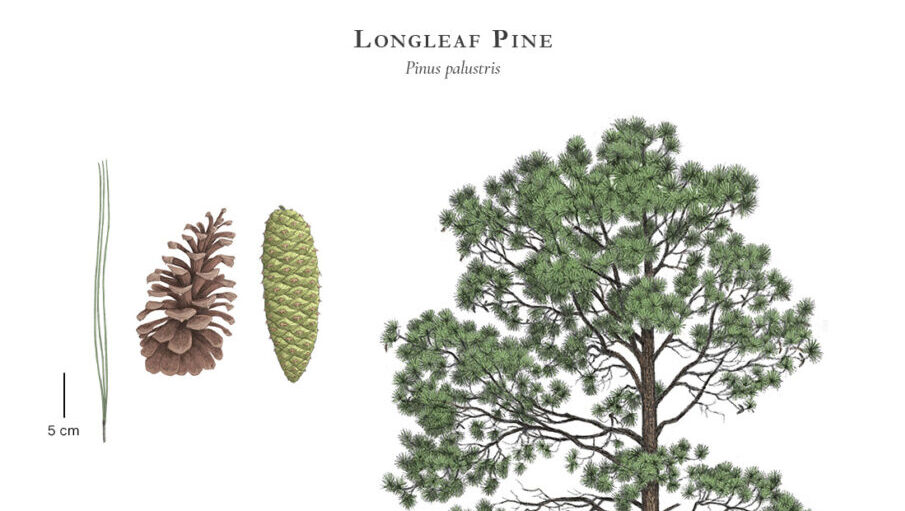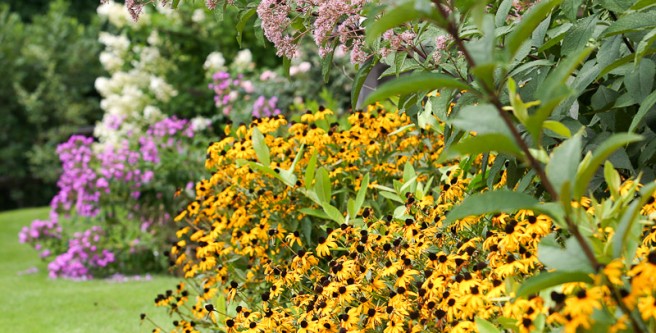Longleaf Pine (Pinus palustris)

Photo Credit: Matt Strieby/conifers.org
As many of our members know, the longleaf pine, Pinus palustris, is a majestic tree deeply rooted in the ecological and cultural history of South Carolina. It’s known for its impressively long needles, often reaching up to 18 inches in length, which give this species its name. Native to the Southeastern United States, this pine tree plays a crucial role in the region’s biodiversity.
The history of the longleaf pine is as rich as its habitat. Once covering vast stretches of the Southeast, these pines were extensively harvested for their valuable timber and resin. By the 20th century, their numbers had dwindled dramatically. Today, conservation efforts are helping to restore these iconic trees to their native landscape.
Distinguishing features of the longleaf pine include its unique growth stages. In its early “grass stage,” the tree focuses on root development while the stem remains short and stout, resembling a clump of grass. This adaptation helps it survive fires, which are common in its native habitat. As it matures, the longleaf pine enters the “bottlebrush stage,” marked by rapid vertical growth and the development of its characteristic long needles.
These needles, usually grouped in bundles of three, are among the longest of any pine species. The tree’s cones are also noteworthy, growing up to 10 inches long. The bark of the longleaf pine is thick and scaly, providing further protection against fire.
Ecologically, the longleaf pine is a keystone species in one of the world’s most biodiverse ecosystems, the longleaf pine forest. These forests support a myriad of plant and animal species, including the endangered red-cockaded woodpecker, which relies exclusively on mature longleaf pines for nesting.
The longleaf pine is also culturally significant. Native American tribes used its needles in traditional basket making, and its resin was a critical resource for early European settlers. Today, it remains an important symbol of the South’s natural heritage.
In South Carolina, particularly in the Sandhills and Coastal Plain regions, longleaf pines are a common sight. They prefer well-drained, sandy soils and are adapted to a fire-dependent ecosystem. Prescribed burns are often used in modern conservation to mimic natural fire cycles, promoting the health and regeneration of longleaf pine forests.
Flowering in spring, the longleaf pine’s subtle blooms are followed by the development of its large cones in the fall. These cones release seeds that are essential for the regeneration of the species and provide food for wildlife like the fox squirrel.
As a cornerstone of the South Carolina landscape, the longleaf pine is not just a tree but a symbol of resilience and beauty. Its restoration and preservation are vital for maintaining the ecological balance and cultural heritage of the region.




